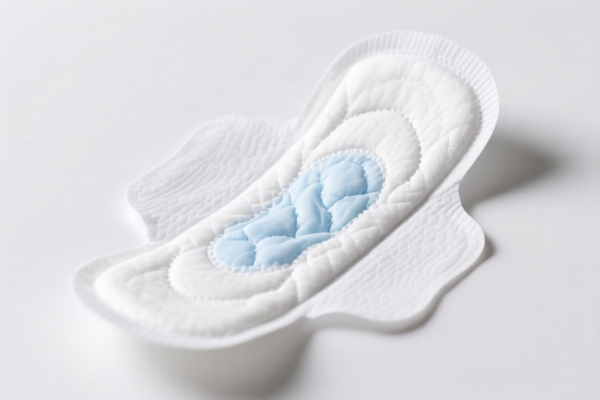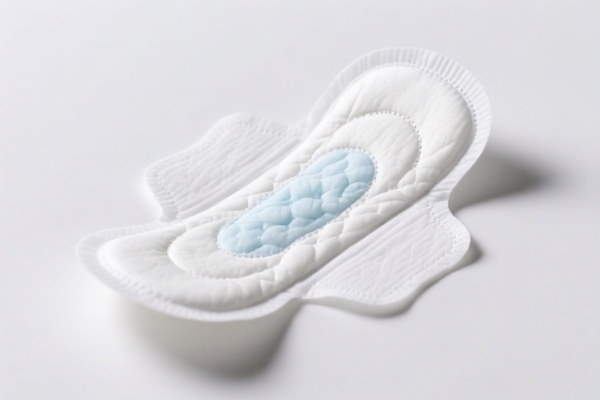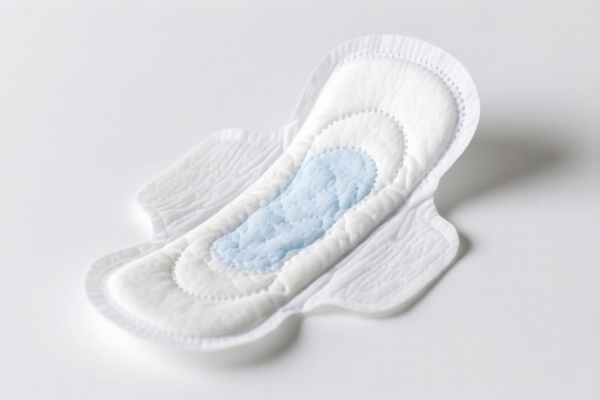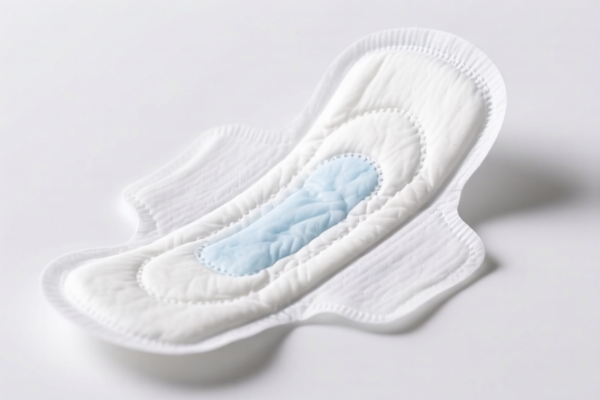| HS Code | Official Doc | Tariff Rate | Origin | Destination | Effective Date |
|---|---|---|---|---|---|
| 6815994170 | Doc | 55.0% | CN | US | 2025-05-12 |
| 3910000000 | Doc | 58.0% | CN | US | 2025-05-12 |
| 3926904510 | Doc | 58.5% | CN | US | 2025-05-12 |
| 7020006000 | Doc | 60.0% | CN | US | 2025-05-12 |
| 7017905000 | Doc | 61.7% | CN | US | 2025-05-12 |
| 4016990500 | Doc | 40.9% | CN | US | 2025-05-12 |
| 4014905000 | Doc | 34.2% | CN | US | 2025-05-12 |




Silicone Drainage Pad
A silicone drainage pad is a medical device designed to collect and contain wound drainage, typically post-operative fluids or other bodily secretions. It is commonly used in surgical procedures, particularly those involving incisions where significant fluid accumulation is anticipated.
Material:
The primary component is medical-grade silicone. This material is chosen for several key properties:
- Biocompatibility: Silicone is generally well-tolerated by the body, minimizing the risk of allergic reactions or irritation.
- Impermeability: It is waterproof, preventing leakage of fluids onto surrounding tissues or clothing.
- Flexibility & Conformability: Silicone's pliable nature allows it to comfortably conform to the patient's body contours and incision site.
- Adhesion: Many drainage pads incorporate an adhesive backing for secure placement.
- Durability: Silicone is resistant to tearing and degradation from bodily fluids.
Purpose:
The core function is to manage wound drainage, contributing to:
- Wound Protection: Shields the incision from contamination, reducing the risk of infection.
- Skin Protection: Prevents maceration (softening and breakdown of skin) caused by prolonged exposure to wound fluids.
- Fluid Collection: Provides a contained system for measuring drainage volume, which is a vital indicator of post-operative healing.
- Patient Comfort: Reduces the need for frequent dressing changes and provides a comfortable barrier.
Function:
Drainage pads function by:
- Absorption/Collection: Fluids are drawn into the pad's absorbent core. Some designs feature a reservoir to hold larger volumes.
- Adhesion: The adhesive backing secures the pad to the skin around the incision.
- Barrier: The silicone material creates a waterproof barrier against external contaminants.
- Monitoring: Allows for visual assessment of drainage amount and characteristics (color, consistency).
Usage Scenarios:
- Post-Surgical Wounds: Most common application following procedures like mastectomy, abdominoplasty, orthopedic surgeries, and neurosurgeries.
- Chronic Wound Management: Can be used in the care of wounds with persistent drainage, such as pressure ulcers or diabetic foot ulcers.
- Trauma Injuries: Used to collect fluids from lacerations or other traumatic wounds.
- Radiation Therapy: Protecting skin from fluid build-up during and after radiation treatment.
Common Types:
- Standard Drainage Pads: Flat pads with an absorbent core and adhesive backing. Available in various sizes and shapes.
- Split Drainage Pads: Designed for use with multiple drain sites, featuring separate collection areas.
- High-Absorbency Drainage Pads: Contain a larger absorbent capacity for wounds with significant drainage.
- Perforated Drainage Pads: Allow for air circulation, reducing the risk of skin breakdown.
- Self-Adherent Drainage Pads: Feature a silicone adhesive that adheres directly to the skin without the need for additional tape.
- Drainage Pads with Foam Border: Provide added cushioning and comfort around the incision site.
- Negative Pressure Wound Therapy (NPWT) Interface Pads: Specialized pads used in conjunction with NPWT systems to facilitate wound healing.
Silicone drainage pads are typically used in medical or hygienic applications to manage fluids. They are made of silicone in primary form and function as a barrier or absorbent material.
The following HS codes may be relevant:
- 3910.00.00.00: This HS code covers Silicones in primary forms. This is a foundational classification for the raw silicone material used to manufacture the drainage pad.
- 4014.90.50.00: This HS code covers Hygienic or pharmaceutical articles (including nursing nipples), of vulcanized rubber other than hard rubber, with or without fittings of hard rubber: Other: Other. Since silicone drainage pads are used in hygienic applications, this code may be applicable if the pad is considered a hygienic article. The base material is vulcanized rubber (silicone is a type of vulcanized rubber).
- 4016.99.05.00: This HS code covers Other articles of vulcanized rubber other than hard rubber: Other: Other: Household articles not elsewhere specified or included. If the silicone drainage pad is used for general household fluid management (e.g., collecting condensation), this code might be considered. However, its primary use dictates the more appropriate code.
Regarding HS code 4014.90.50.00, please note that the product is classified as hygienic or pharmaceutical articles. The base material is vulcanized rubber (silicone is a type of vulcanized rubber).
Customer Reviews
No reviews yet.